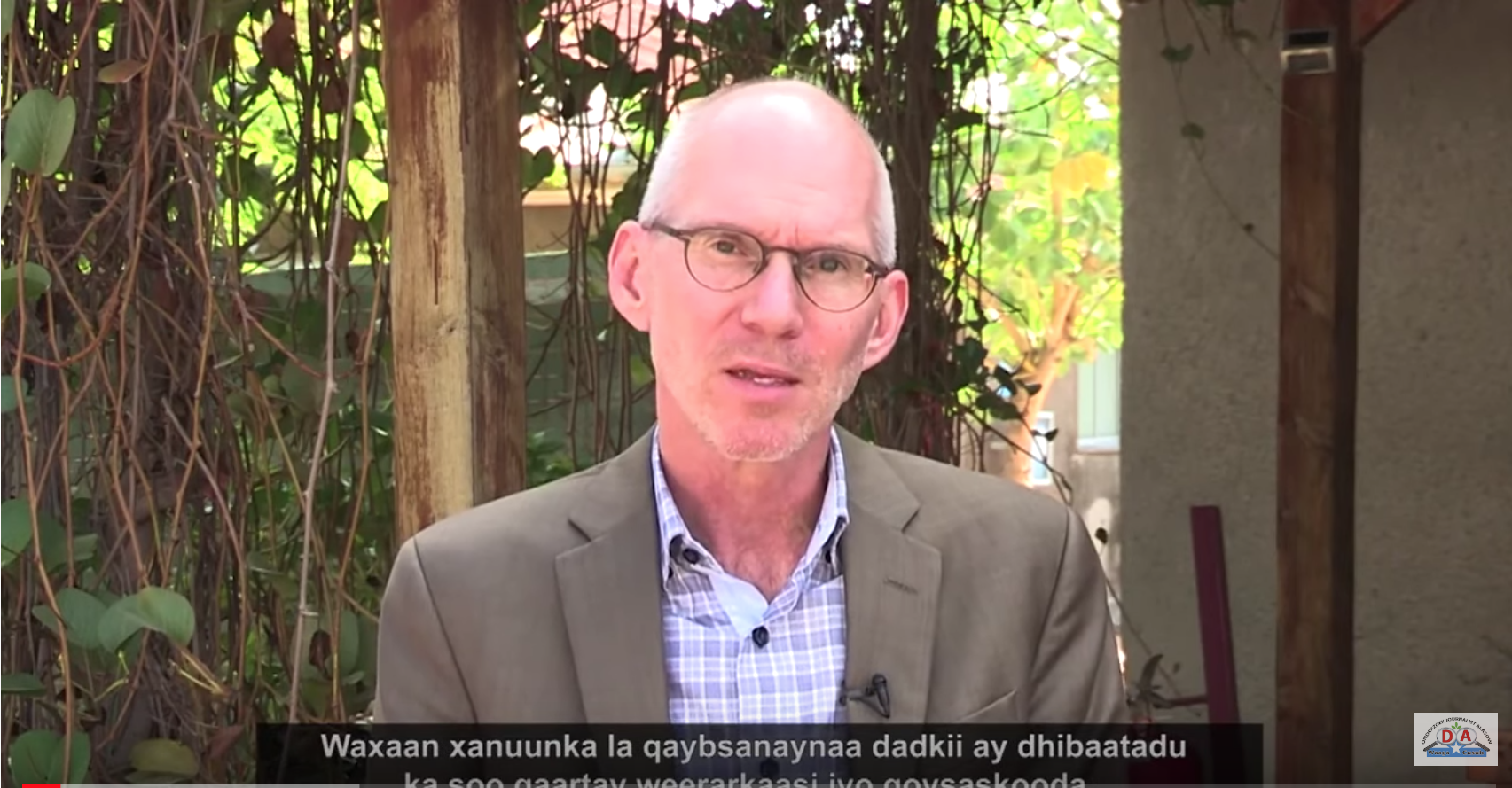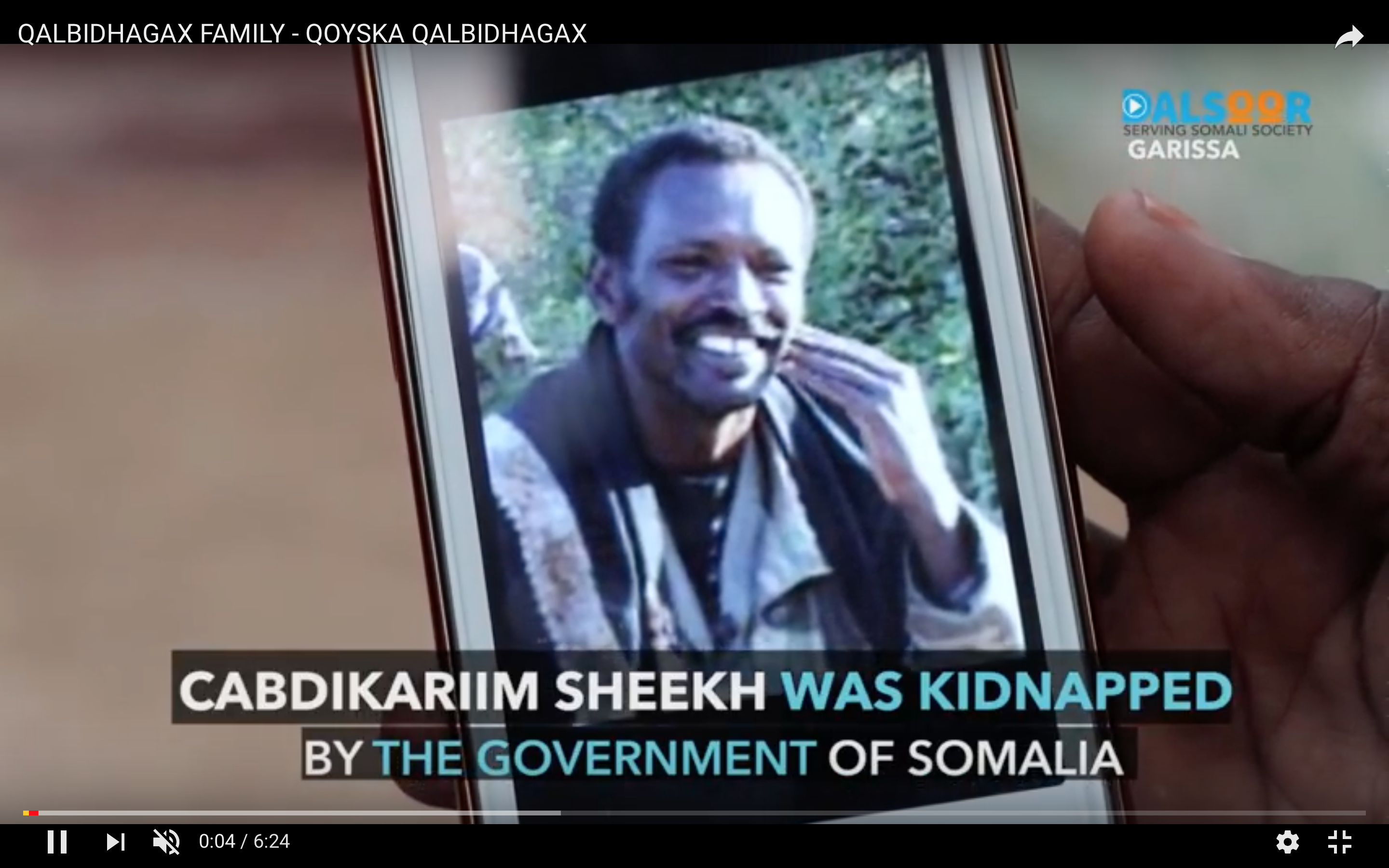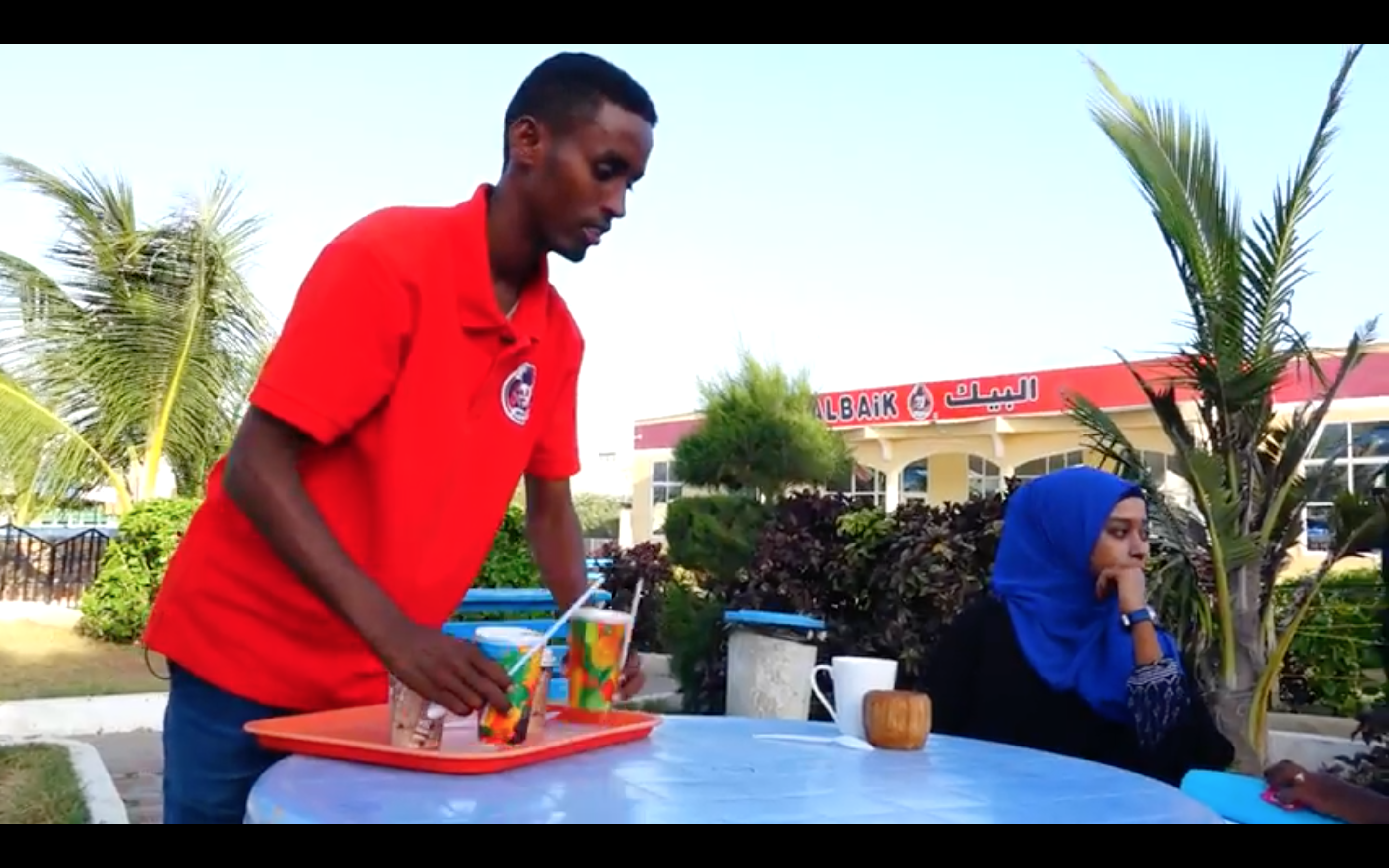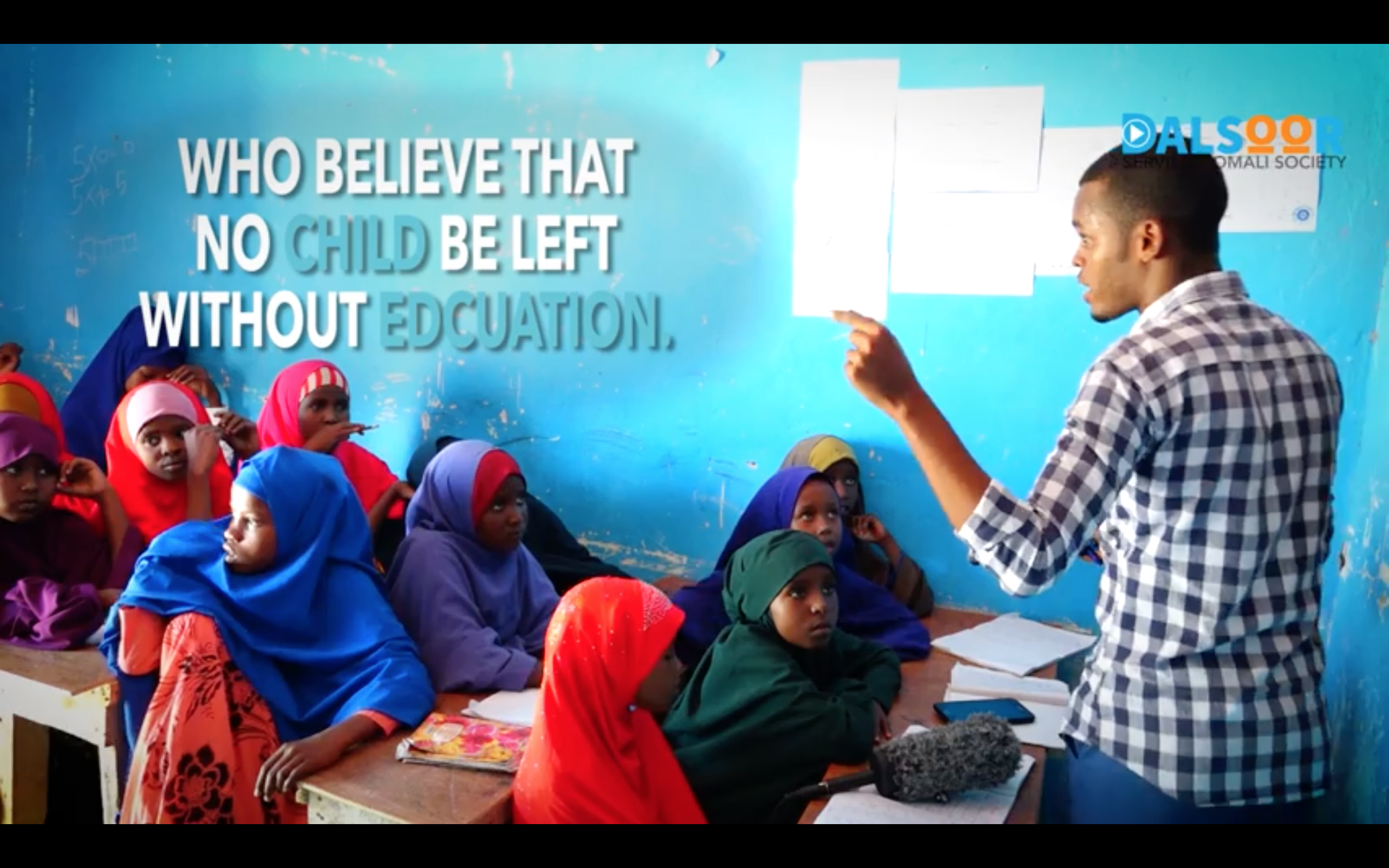
Possibilities and impacts of Self-determination or Secession for Kenya
Understandably — frustrated by their inability to effect change through the ballot — they have turned their idea into creating their own nation to install their preferred leader there.
There has been heated debate on social media around a petition for ‘self-determination’ associated with NASA Technical Committee chairman Dr David Ndii. In the petition, they have carved up Kenya along the results of the election, in what amounts to a prayer for secession.
Secession simply means a region withdrawing from a recognised state to form another. Self-determination on the other hand is the spirit behind any form of secession, whether legal or otherwise.
Now, NASA ran a campaign based on resource nationalism based on the ethno-centric claim to local resources (oil, water, land, minerals etc). It is, therefore, little wonder that we are now talking of secession. Indeed, looking at it, one has the impression that the petition was drawn up by one who doesn’t fully appreciate the intricate secessionist history in Kenya, and also of secessionist movements elsewhere on the continent and in the world. He also doesn’t understand the implications of the same.
IMPLICATIONS OF SEPARATIONIST IDEAS
American politician Josiah Quincy ( 1772 - 1864 ) speaking on the (US) State’s Constitutional Rights of Self-determination said, "As it will be the right of all, so it will be the duty of some, definitely to prepare for a separation, amicably if they can, violently if they must.”
In short, every effort of self-determination can only be achieved in just two ways — amicably or violently. There is nothing in between. However, as Quincy states, it is the right of all to seek self-determination. How you go about self-determination depends largely on the actual situation and the likelihood of success between an amicable or violent solution.
Violence (whether literal or figurative) is a time-honoured route to secession, especially where dialogue fails or is incapable of producing any results or is being used for dilatory purposes.
To go the route of violence, however, has serious implications — death being one of them. Others include socioeconomic disruptions, population displacement (refugee crisis), destruction of infrastructure, crime, hunger, poverty, disease, ignorance, suffering and serious human rights violations, including against vulnerable people such as women, children, the disabled and the elderly.
THE ROUTE TO SELF-DETERMINATION
There are various reasons for people to seek self-determination, including unmanageable social, cultural, economic, political or ideological differences, the desire to be free of domination/colonialism or all forms of marginalization.
Issues of resource distribution and control are important drivers of self-determination as are external factors such as foreign interests – economic, strategic or otherwise. Resource findings such as oil and other minerals are often causes or catalysts of separatist movements.
In the Sudan, the discovery of oil in the south escalated hostilities that eventually led to the split of the country. Today, however, one wonders whether it was worth all the trouble after all.
SECESSIONIST MOVEMENTS AROUND AFRICA
Creating nationhood through secessionist movements is fairly rare in Africa and where they succeeded, their story has not been a rosy one. There are two main examples – Eritrea and Southern Sudan.
Eritrea split from Ethiopia by force of arms in a bloody conflict that lasted decades. Although Eritrea eventually attained freedom, it was at such great cost leading to massive poverty and deprivation. It soon became a pariah state, with many serious human rights and ideological issues that prevent it from taking its rightful place in the family of African/global nations.
Eritreans fleeing their country and making dangerous boat crossings to Europe are a cause of international concern. Another is South Sudan, which is hurtling fast down the path of ignominy as a failed state. In both examples, protracted war led to secession and when it finally happened, they seem none the better for all the trouble.
KENYA AND SECESSIONIST MOVEMENTS OVER THE YEARS
Kenya has had its fair share of secessionist movements, including the Mombasa Republican Council who led the slogan "Pwani Si Kenya” or "The Coast is not Kenya”. The Kenya government moved with alacrity and cracked down on the organisation putting paid to MRCs objectives. Again, it is very clear that the MRC did not fully understand the history of this country very well.
The issue arose from the claim of the Sultan of Zanzibar to a Ten-Mile Strip or Mwambao running to Lamu. The matter was part of the negotiations at Lancaster House in London, in the early 1960s, which failed to produce an acceptable way of handling the issue. However, the revolution in Zanzibar and the deposition of the Sultan in January 1964 left Kenya’s Coast without a substantive claimant solving what would have been a protracted problem over the years.
KENYA AND ITS BOUNDARIES
Before we look further at the whole idea of secessionist movements in this country, it would be a good idea to understand how Kenya’s boundaries came to be. Following the 1884 Berlin Conference, which led to the mass Europeanisation of Africa, what is today Kenya was created as a British sphere of influence in East Africa but with little regard to ethnic geo-political spaces at that time.
Most of the boundaries cut some communities – such as the Maasai, split between German East Africa (Tanganyika) and British East Africa (Kenya). The Somali were split into five nations — British East Africa, Italian Somaliland, French Somaliland, Ethiopia and Aden (Yemen). It’s little wonder some of the Somalis who found themselves on the Kenyan side at Independence, wanted to secede and join Somalia, which had become independent in 1960.
KENYAN SOMALIS OPT FOR SECESSION
Violence was now the only option to achieve secession. During that year, raids by well-armed Shifta rebels (from the Somali word ‘Shufto’ meaning Bandit) severely harassed the local Somali population. It emerged that they were armed and financed by Somalia. The Shifta attacked police posts and government installations in Northeastern, aiming to force secession.
Finally on December 25, 1963, just two weeks after Independence, Kenya closed its border with Somalia and established a five-mile buffer zone. British forces came in to support Kenya, and flew in military supplies. In public, the Somali government denied supporting the Shifta but in secret, their behaviour betrayed that position. The Shiftas uncharacteristically targeted both the people and their property (exactly the same thing the al Shabaab are doing). In February 1964, they shot and killed the regional government agent Hubert N A Judge, further putting pressure on the government to act about the crisis.
THE MARGINALIZATION OF KENYA’S NORTH EAST
As stated, the residents of the region had boycotted the polls of May 1963.
Fresh elections just for the region were held in March 1964. Three Somalis were elected to Lower House seats, all unopposed and they signed a pledge to support the Government of Kenya.
In the Regional Assembly Elections, there were enough candidates elected to allow the establishment of a Regional Assembly, which convened in Garissa on March 20, 1964. By 1965, however, the Shifta War was again escalating and was big news. In Parliament, MPs representing the region were bitterly opposed to government operations there.
Once, in July 20, 1965, Wajir North MP A.S Khalif walked out on Speaker Sir Humphrey Slade in the middle of a debate on the GSU brutality in Northeastern in their fight against the Shifta. Khalif’s anger was aroused by Slade overruling him several times when he tried to raise several points-of-order during the speech of Defence Minister Dr Njoroge Mungai.
The government began (continued) to marginalise Northeastern, denying many ethnic Somalis jobs, education and even healthcare. In December 1965, Khalif posed the question to the Minister of Defence on why there were no Somalis in the Kenya Army, police or even prison services.
Assistant Minister C.M.G Argwings-Kodhek told the House in reply that the defection to the Shifta by a number of Somalis in the Kenya Army and the voluntary discharge of a number of others, who did not want to fight their "kith and kin”, were reasons why no Somalis had been recruited to the Kenya Armed Forces since Independence. Kodhek stated that recruiting more would be "unwise and a security risk.”
ULTIMATUM FOR SECESSION
On September 22, 1965, there was drama in the Lower House when three Somali MPs led by Khalif issued an ultimatum to the government, telling it of their intention to turn their allegiance and support to "the idea of a Greater Somalia and to the aim of the Northeastern Province secession.” Khalif claimed to speak on behalf of all the eight Lower House members from the region.
They were also annoyed at the transfer of the Gardaduma water wells to Ethiopia and the boundary differences with Ethiopia.
It would eventually take the effort of Zambian President Kenneth Kaunda, who brokered a deal with Somali Prime Minister Muhammad Haji Ibrahim Egal, to end hostilities with Kenya in 1967. This averted an open war with Somalia, which received military aid from the USSR.
The Shifta dissipated thereafter but not entirely. Neither did marginalization of the region, which continued through the years after.
To cut a long story short, the marginalization of the North East after the Shifta War is one reason the Wagalla Massacre of 1984 took place.
SECESSION OF EASTERN NIGERIAN
Other secessionist movements in Africa included the Katanga region from the Congo and Western Sahara from Morocco. However, one of the bloodiest secession wars in the world is arguably that of Nigeria’s Biafra. More than a million people died and millions more endured indescribable suffering in a war that lasted three years.
The conflict was triggered by, among other things, the ethnic and religious differences pitting the populous mainly Christian Igbo of Eastern Nigeria and the mainly Muslim Hausa/Fulani of Northern Nigeria. The discovery of oil in Eastern Nigeria, and many other reasons, played part in fomenting and fanning that conflict. In January 1966, Igbo military officers led a coup to end the dominance in government by the Northerners. Igbo General Johnson Aguiyi-Ironsi took over as ruler of the country. However, six months later, the Northerners struck back in another coup and in the process killed between 20,000 and 30,000 Igbos.
The Biafrans got military aid from France and other African countries, including Tanzania. This precipitated a devastating civil war that raged until January 15, 1970, when the Biafrans finally signed a formal surrender. More people died of starvation and disease than of bullets and bombs.
IMPLICATIONS OF SECESSION
Secession is not always the solution to all the problems. There are many instances where it only led to (further) marginalisation of those who wanted to secede in the first place (citing marginalisation).
After fighting for independence for so long, many new African nations took the plunge to corruption, human rights violations, widespread poverty and further marginalisation. The whole process of splitting up Kenya may be just too complicated that it may simply not be worth it. You would have to start by defining the ethno-geographical space of communities socially, economically and more importantly, historically. The Kalenjins, for instance, have historical claims to parts the country outside their occupation as do the Maasai. How then do you begin to define such claims today?
Chinese leader Mao Tsetung said, "Power grows out of the barrel of a gun.” In short, one must be ready to die or suffer greatly in any quest for freedom.
Death is the ultimate price of freedom, but before you go for that option, you must weigh whether or not it is worth it. There are of course various legal means for self-determination one of which is a referendum. Scotland, for instance, is considering it by calling a second referendum after an earlier one failed to bring independence from the United Kingdom. Chances are, the outcome of a referendum on secession in Kenya might just be similar to the results of the just concluded election.
The Star.co.ke
Leave a comment
| Copyright © 2009 - 2024 Sunatimes News Agency All Rights Reserved. |
| Home | About Us | Diinta | Reports | Latest News | Featured Items | Articles | Suna Radio | Suna TV | Contact Us |
 0
0 









Possibilities and impacts of Self-determination or Secession for Kenya
After the August 8 election, Kenyans on the losing side have nursed the idea of 'self-determination', which they take to mean dividing up Kenya to create their own state.